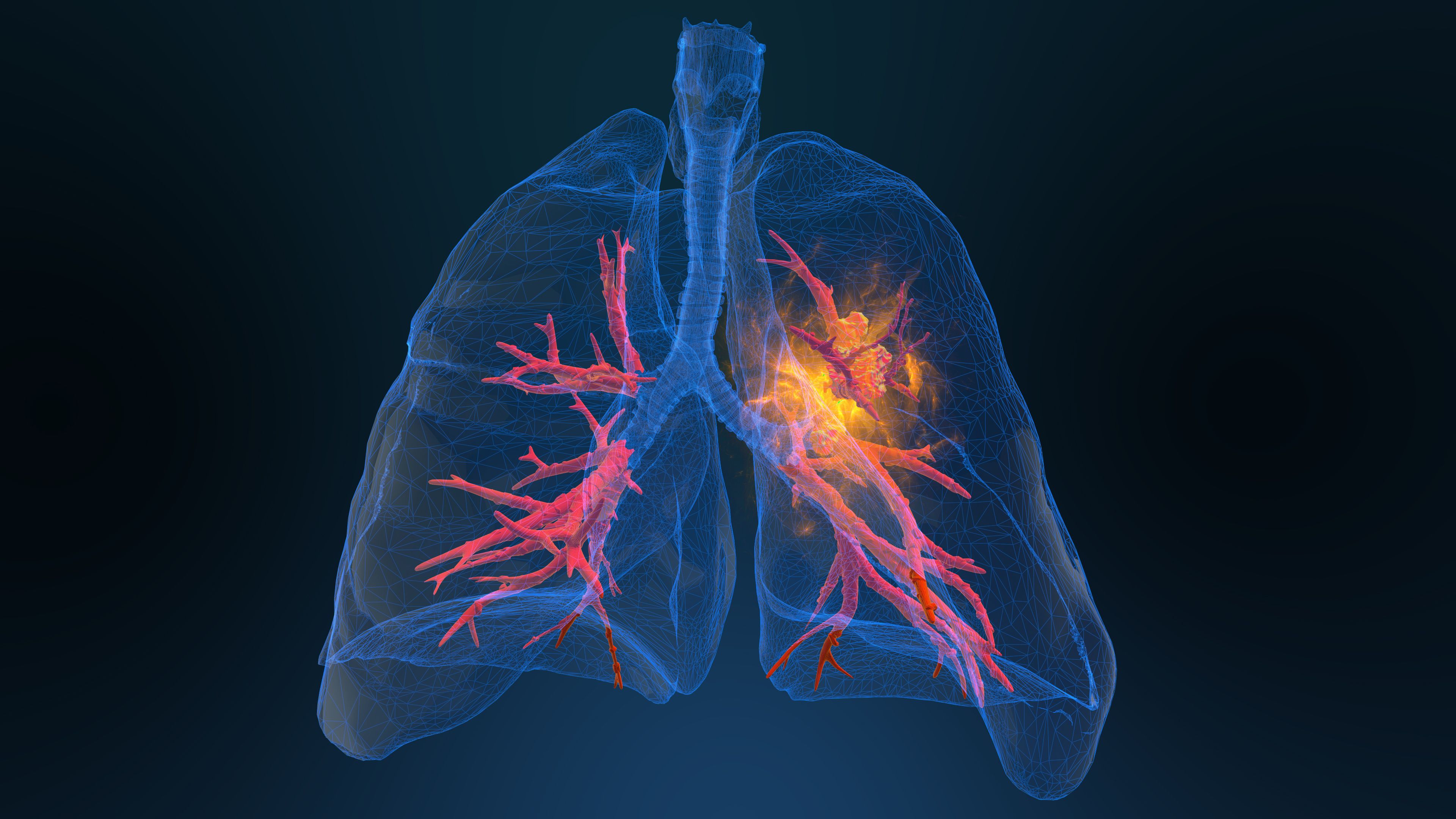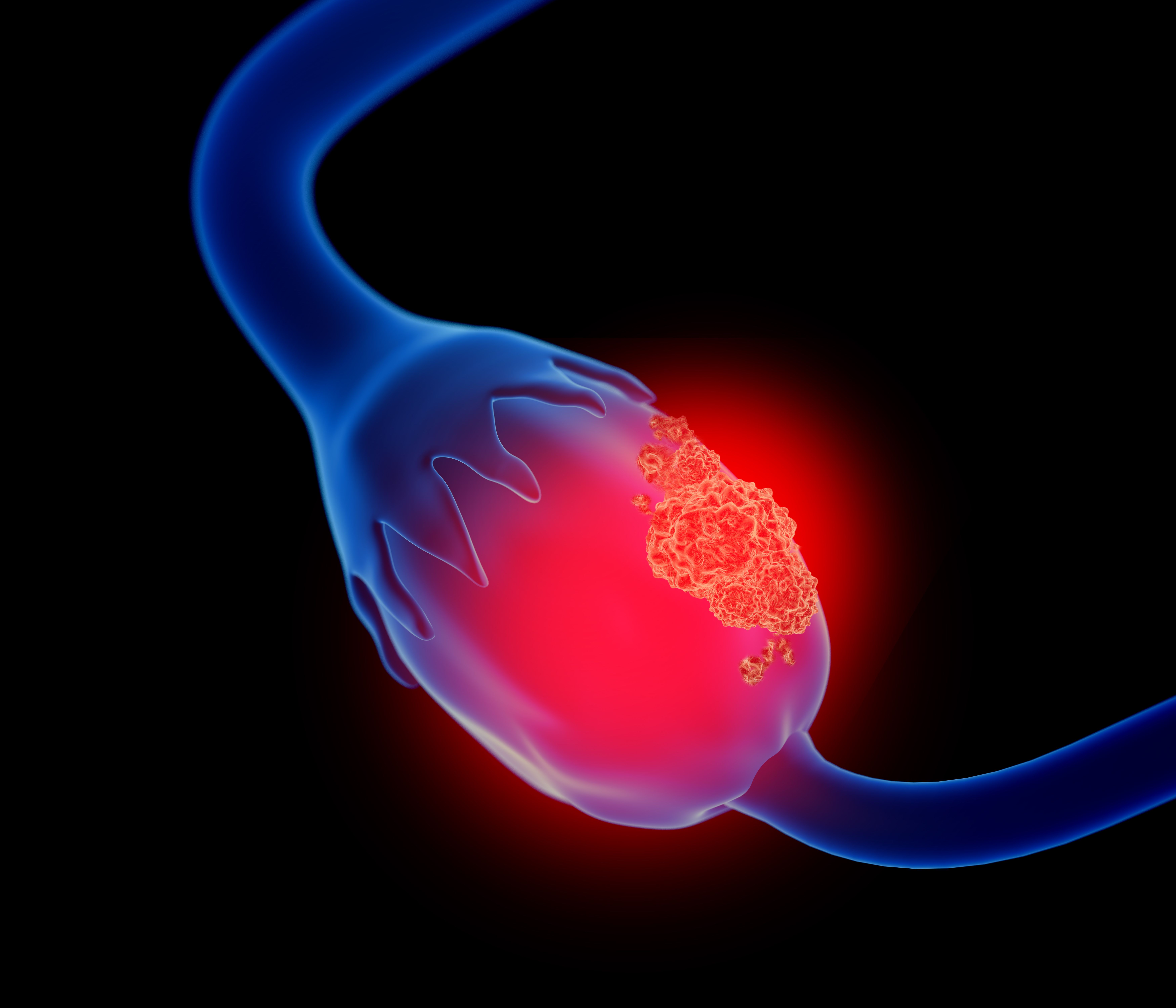Article
Researchers Uncover Potential Biomarker for Depression in Migraineurs
Author(s):
Using transcranial sonography, researchers uncovered a potential imaging biomarker for depression among migraineurs.
A hypoechogenic midbrain raphe (MBR) abnormality, detected via transcranial sonography (TCS), may serve as an imaging biomarker for depressive symptoms among patients with migraine, according to study results published in Therapeutic Advances in Neurological Disorders.
Numerous studies have highlighted the high prevalence of comorbid depression with migraine, and one longitudinal study found that migraineurs are 1.6 times more likely to experience major depressive episodes compared with the general population.
In addition, “multiple studies have demonstrated that the comorbidity of migraine and depression is bi-directional; therefore, various shared etiologic mechanisms associated with depression and migraine have been proposed,” researchers explained.
Although a single underlying cause for the relationship has not been determined, a dysfunctional serotoninergic system may provide an explanation, as the imbalance of serotonin in the brain has been implicated in both conditions.
Currently, no convenient biomarkers exist for assessing changes in deep brain structures involved in the serotoninergic system. In an attempt to fill this knowledge gap, researchers used TCS, a real-time imaging technique, to acquire images of the MBR.
In TCS evaluations, the MBR can be classified as having normal or reduced echogenicity. “Reduced echogenicity in the MBR has been detected mainly in patients diagnosed with major depressive disorder and movement disorders paired with depression,” authors wrote.
In the current study, researchers compared migraineurs (n = 100; 72% female) with patients with tension-type headache (TTH) (n = 62; 78.5% female) and healthy controls (n = 79; 79.7% female). All patients were between ages 18 and 55, were recruited from a single headache clinic, and fulfilled the diagnostic criteria for migraine or TTH based on the International Classification of Headache Disorders (ICHD) Third Edition. Controls reported no history of primary headaches or other neurological disorders, and no history of clinical depression, anxiety, or consultation or treatment for psychiatric disorders.
Patients’ headache and psychiatric disorder diagnoses were verified by experienced physicians via interviews. TCS examinations followed. “Patients were examined from both sides of the temporal windows, and MBR echogenicity was classified as being abnormal only if a reduced-echoic image was observed on both sides,” authors wrote.
Of the 100 migraineurs, 14% presented with migraine with aura (MwA), whereas 16% were diagnosed with chronic migraine, all of whom had migraine without aura (MwoA). Sixteen migraineurs were diagnosed with depression in addition to 6 patients with TTH. Women presented with a higher prevalence of depression and more severe depressive and anxious symptoms compared with men.
Analyses revealed:
- Patients with migraine had a higher rate of MBR hypoechogenicity (28%) compared with healthy controls (15.2%) and patients with TTH (12.9%).
- In patients with migraine, reduced MBR echogenicity was associated with depressive symptoms assessed using the Hamilton Depression Rating Scale.
- No association between migraine self-medication and MBR echogenicity was found.
- In patients with migraine, an abnormal MBR echogenicity was associated with female sex and the presence of depressive symptoms.
- No statistically significant differences in the MBR echogenicity were found between patients with MwA and MwoA.
Overall, reduced echogenicity of the MBR was observed more frequently in migraineurs than in healthy controls or those with TTH; in migraineurs, reduced MBR echogenicity could serve as an imaging biomarker for clinical depressive symptoms.
Researchers cautioned that choices of self-medication could be affected by extraneous factors and current evidence ought to be verified in a prospective clinical study. The relationship between the alteration of MBR echogenicity and the functional changes of the serotonergic system has not been demonstrated directly, marking an additional limitation to the study.
But “there is currently no valid indicator to determine whether and when [migraineurs] should be recommended to undergo psychiatric consultation,” authors wrote. “Based on our findings, the use of TCS to detect echoic-reduced MBR could be a useful tool in the clinical diagnosis and management of patients with migraine and depression comorbidity,” they concluded.
Reference
Zhang Y, Liu Y, Han R, Liu K, Xing Y. Hypoechogenicity of the midbrain raphe detected by transcranial sonography: an imaging biomarker for depression in migraine patients. Ther Adv Neurol Disord. Published online April 12, 2021. doi:10.1177/17562864
Newsletter
Stay ahead of policy, cost, and value—subscribe to AJMC for expert insights at the intersection of clinical care and health economics.




